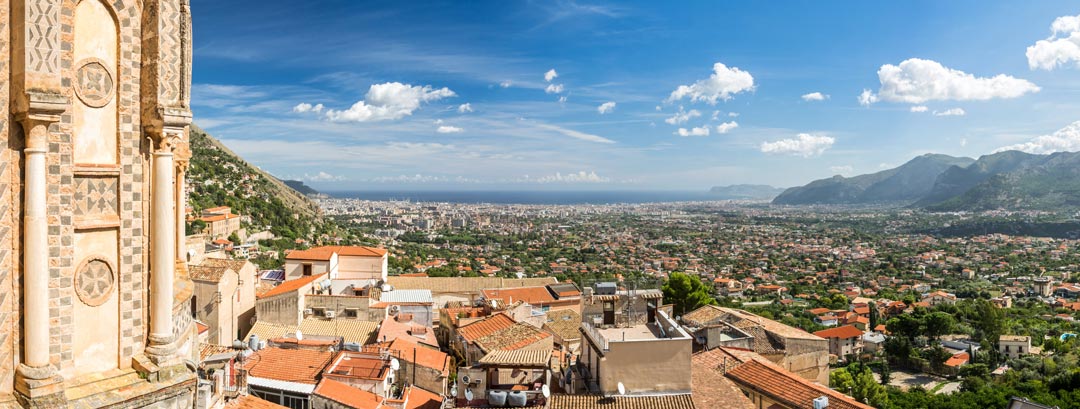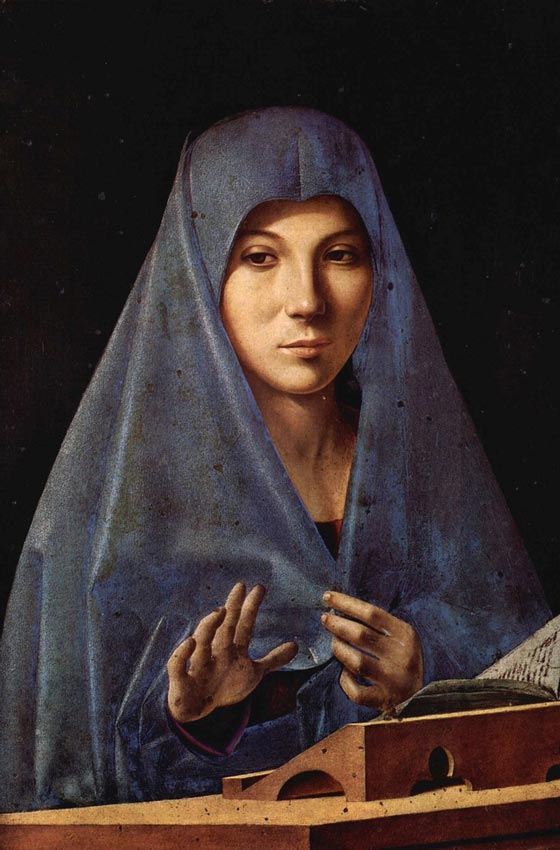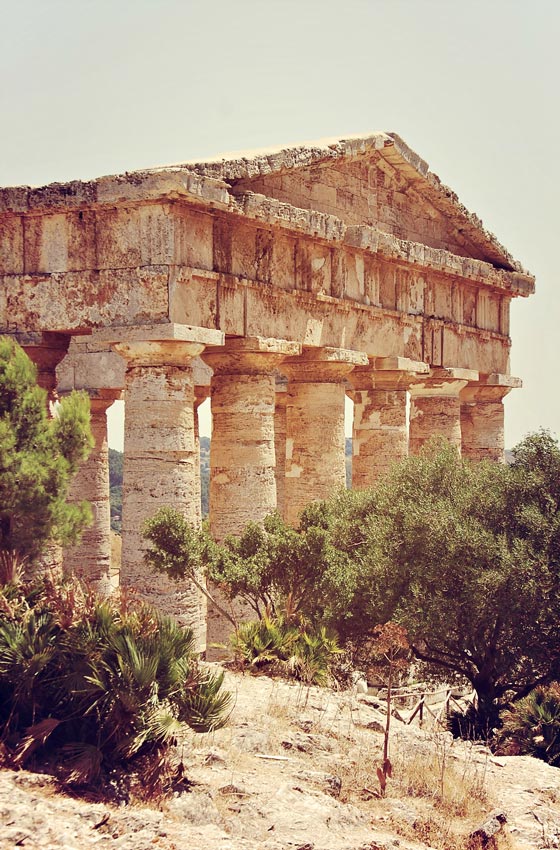BePeriod Gathering in Sicily
4 – 10 October 2021
BePeriod is inviting its students to an international gathering in Sicily. The event will begin and end in Palermo. From there, we will will travel to various parts of the island. Sicily was colored by a confluence of forces throughout history: Greece, Islam, Byzantium, the Normans, Renaissance, Baroque, to name a few. A location exposed to such diverse influences should make a fertile ground for exploration. We will seek truths in these influences and weave them to our understanding. Below is a list of a some of the highlights.
Monreale Cathedral
Byzantine Mosaics
Monreale Cathedral near Palermo boasts a rare collection of mosaics from the Byzantine period. Only a handful of such well-preserved Christian presentations have survived into our times. Most were either destroyed by hostile invaders or naively renovated. These mosaics will offer us a rare glimpse into esoteric Judeo-Christian themes. The advantage of studying these mosaics on site, rather than in books, online, or in museums, is the significance of their placement. Religions themes were always placed in strategic parts within their housing temples, as we will see in Monreale.
Of particular note is the sequence of the Genesis Creation of the World, and the subsequent repeated Creation of the World in the myth of Noah’s Ark.
God Resting After Creation
Virgin Annunciate by Antonello da Messina
Museums in Palermo
Relics from Sicily’s past will greet us in Palermo’s museums. The Archeological museum displays a fine collection from antiquity. We will find traces of Islamic art in the Cappella Palatina, as well as more Byzantine mosaics. And in the Palazzo Abatellis we will enjoy a wide range of Christian painting from medieval times to the Baroque era.
Antonello de Messina’s Annunciation
One important painting displayed in the Palazzo Abatellis is Antonello de Messina’s Annunciation. This unusual version of the moment Maria is visited by Gabriel and told that she has been chosen to bear the Son of God, has been featured in past BePeriod workshops. The focus is on an internal state rather than the external attributes typical to Annunciation scenes. Messina is located in Sicily, and Antonello de Messina was a painter native to the localities we will be visiting.
The Doric Temple in Segesta
Few Greek temples survive from the times of Ancient Greece. Most were destroyed and pillaged by invaders or leveled by the forces of nature. The Doric Temple in Segesta dates to the 5th century BC and has remained in remarkably good condition. The Greek civilization in general, and Greek temple architecture in particular, serve an important link between the ancient worlds of Egypt and their subsequent heirs, the Roman Empire. Our study of Greek artifacts in the museums, our daily theatrical rehearsals, and our exploration of Greek temple layout, will familiarize us with this important link and its place in the bigger scheme of school influence.
Greek Temple in Segesta
Theatrical Rehearsals
Theater
In the past two years, while under travel restrictions due to the pandemic, BePeriod substituted its physical gatherings with online gatherings themed around Shakespeare plays. We studied Much Ado About Nothing, Romeo and Juliet, As You Like It, and Macbeth. We will build on these past efforts and rehearse and perform key scenes from each of these four plays during the Sicily gathering.
Throughout the gathering, our evenings and nights will be spent in rehearsal. The project of staging these scenes will add creative pressure to the gathering, and make our exploration of the artifacts of Sicilty more relevant, intimate, and memorable.

George Gurdjieff, Beelzebub’s Tales to His Grandson






